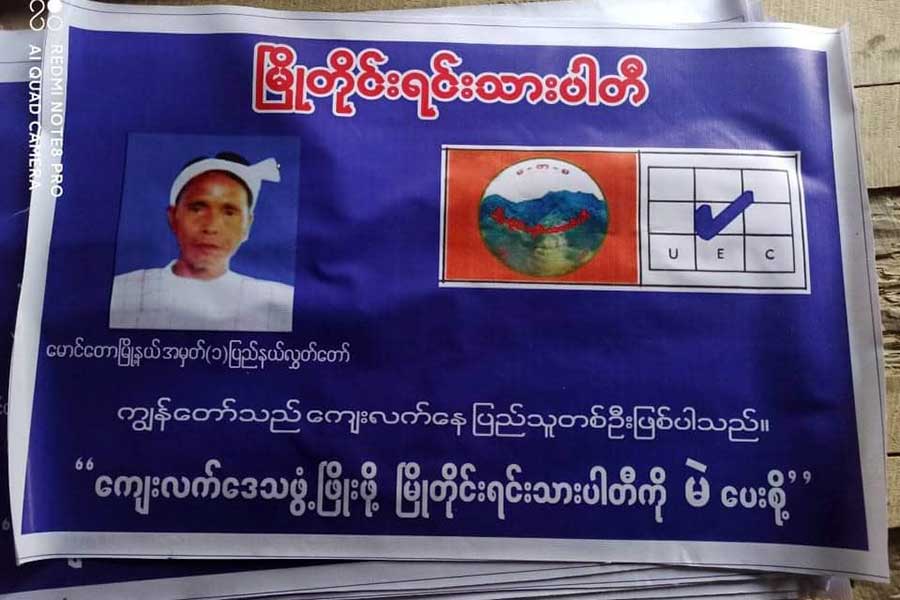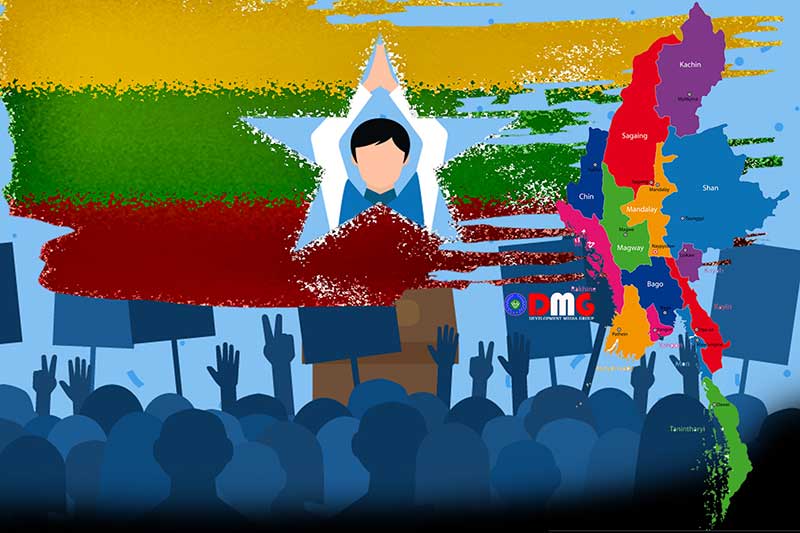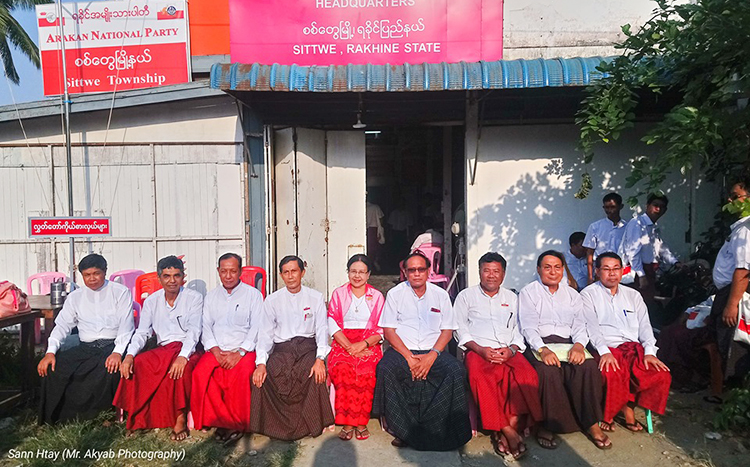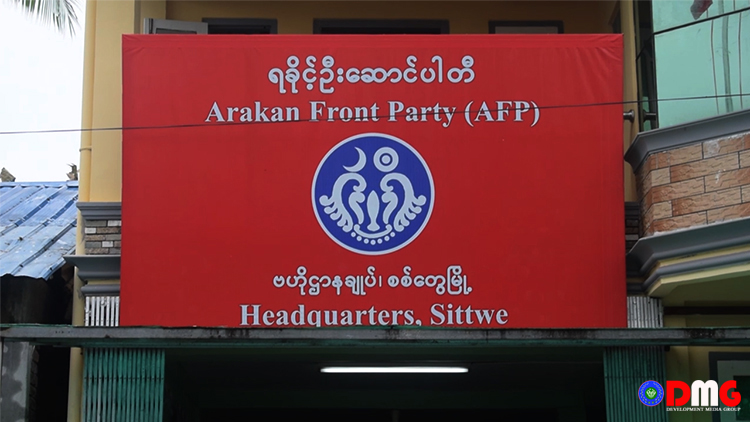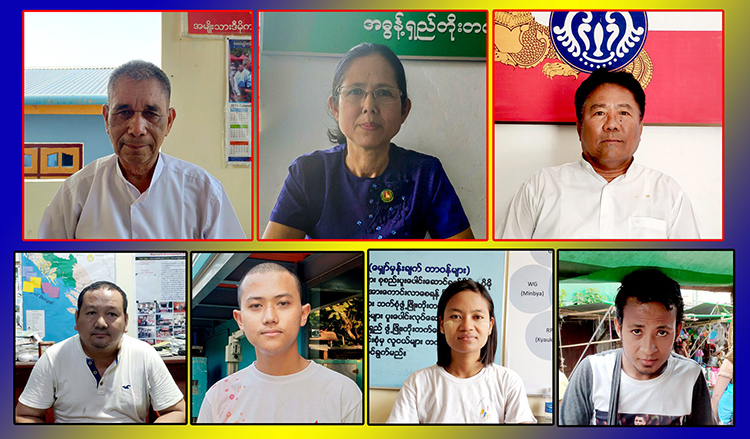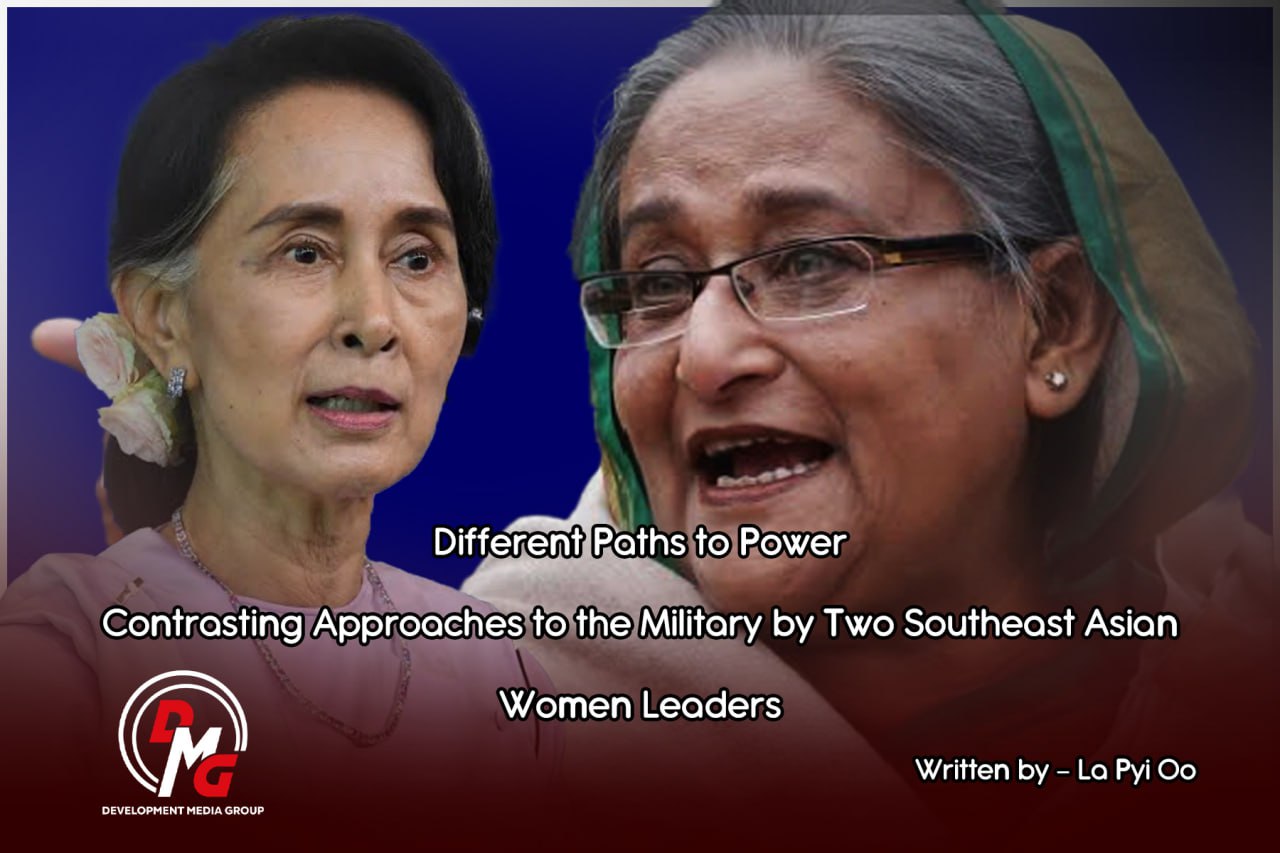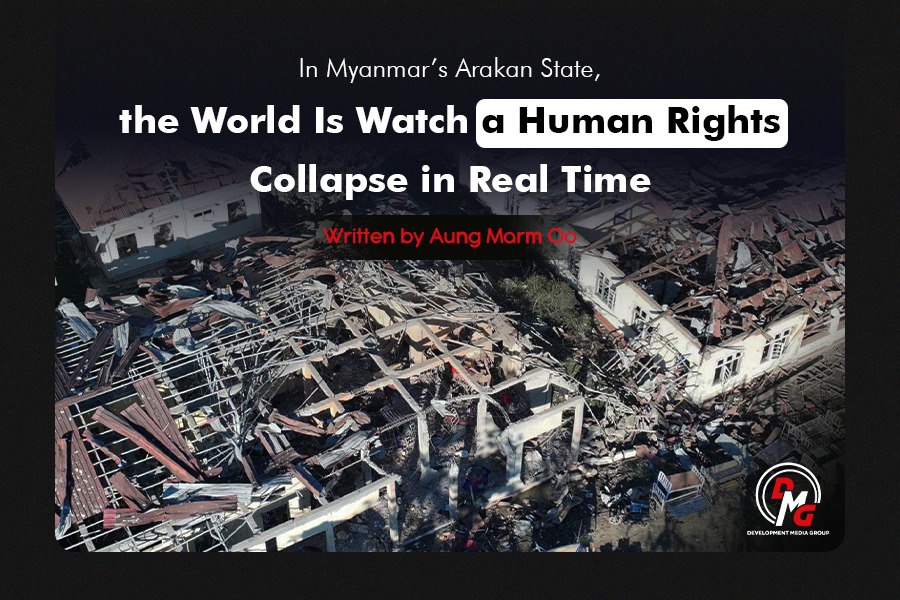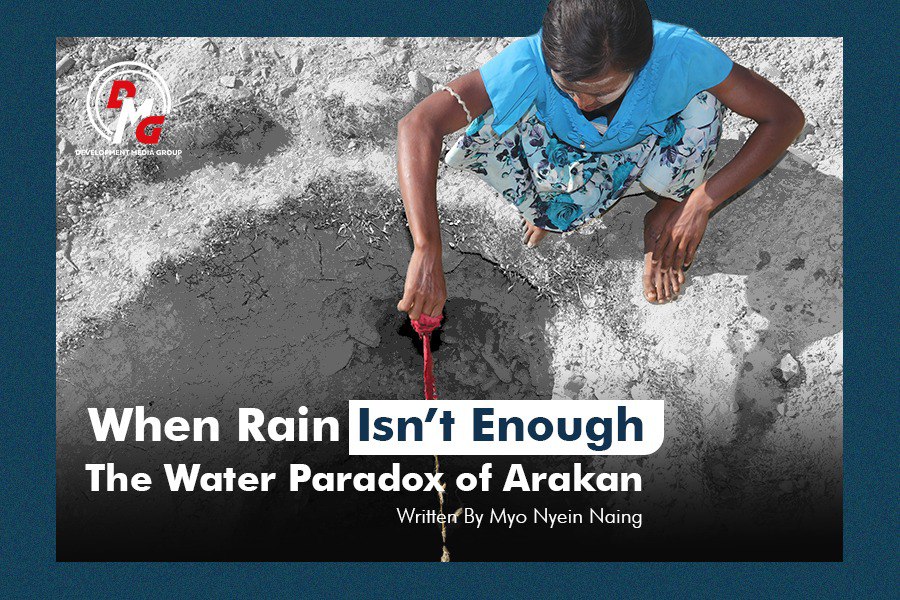- Junta unable to hold elections in dozens of wards and village-tracts in Sittwe, Kyaukphyu
- Fighting escalates between Myanmar military, Arakan Army in Ayeyarwady Region
- Regime steps up civilian arrests in Sittwe
- ULA safeguards Mrauk-U's ancient heritage
- Arakan on the Edge: What the DMG Landmine Impact Report Reveals About Myanmar's Deepening Humanitarian Crisis
Independent probe refutes allegations of '600-Muslim Massacre' in Htan Shauk Khan
An independent investigation by the Arakan Civil Society Forum (ACSF) has found no evidence to support allegations that the Arakan Army (AA) massacred more than 600 Muslim villagers in Htan Shauk Khan, Buthidaung Township, in May 2024.
01 Oct 2025
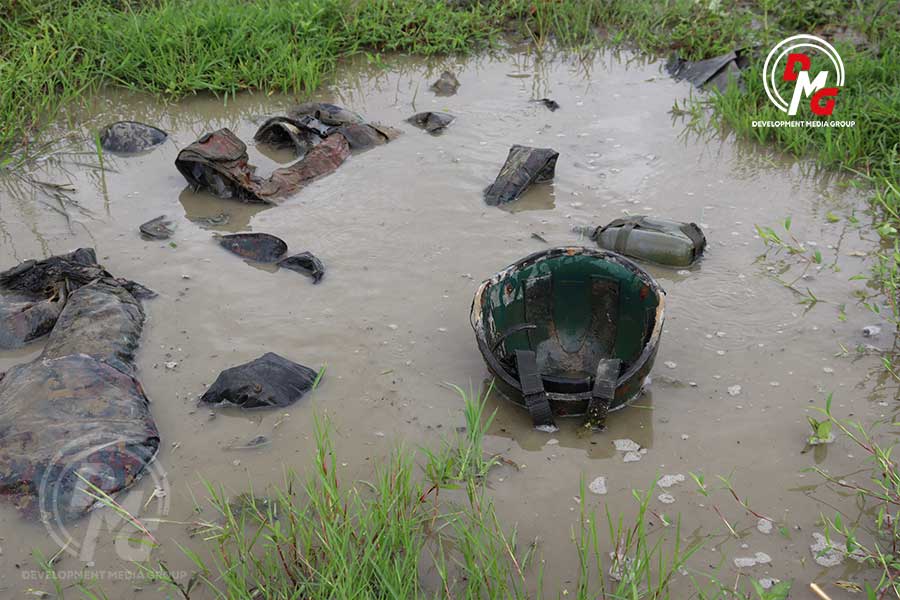
DMG Newsroom
1 October 2025, Buthidaung
An independent investigation by the Arakan Civil Society Forum (ACSF) has found no evidence to support allegations that the Arakan Army (AA) massacred more than 600 Muslim villagers in Htan Shauk Khan, Buthidaung Township, in May 2024.
The report, released on 27 September, is based on interviews with direct witnesses, local Muslim leaders, and village administrators. It concludes that the deaths in Htan Shauk Khan occurred primarily among junta soldiers, junta-allied Muslim conscripts, and Arakan Rohingya Salvation Army (ARSA) fighters during heavy clashes on 3-4 May 2024. Only two civilian deaths were confirmed.
Allegations vs. Findings
The United Nations, international rights groups, and Rohingya advocacy organizations have previously cited allegations that more than 600 Muslim villagers were executed by the AA during the fighting. Some media outlets, including Al Jazeera, broadcast interviews with individuals claiming to be survivors of a mass killing.
But according to the ACSF investigation, the claims do not match population records, displacement data, or witness testimony. "No credible evidence was found to substantiate the alleged massacre of 600 civilians," the report said.
Witnesses confirmed that around 100 people were killed in Htan Shauk Khan - nearly all of them combatants. The report documented the deaths of junta soldiers, junta conscripts, and at least two ARSA fighters. Two civilian casualties - an 82-year-old man and a 42-year-old woman - were identified.
Evacuation Before the Clash
Testimonies gathered by ACSF stated that most of the village's 933 residents, recorded in the 2023 census, had already evacuated by 2 May 2024 following warnings from nearby communities and AA officials. Around 800 villagers later resettled in neighboring villages, while more than 100 fled to Bangladesh.
These figures, investigators said, contradicted the scale of civilian casualties alleged by some advocacy groups.
Life Under Junta Oppression
The investigation also highlighted long-standing hardships faced by Htan Shauk Khan residents under junta control, with villagers subjected to forced labor, arbitrary taxes, extortion, and restrictions on farming and trade due to the proximity of two junta bases - the No. 551 Tactical Battalion and Sa Sa Ka (15).
Disputed Narratives
The ACSF report accused certain actors of spreading "misguided narratives and misinformation," citing evidence that at least one alleged survivor interviewed abroad had not lived in Htan Shauk Khan since 2017.
"This misinformation risks undermining fragile intercommunal trust and efforts toward coexistence between Arakanese and Muslim communities," the report warned.
Recommendations
The ACSF urged the UN and rights organizations to re-examine their findings and consider witness testimony that contradicts earlier reports. It also called on communities in Arakan to remain vigilant against hate speech and misinformation, and to strengthen trust across ethnic and religious divides.
"Both Rakhine [Arakanese] and Muslim communities have endured suffering and losses. It is crucial to resist divisive narratives and continue building peace and harmony," the report concluded.




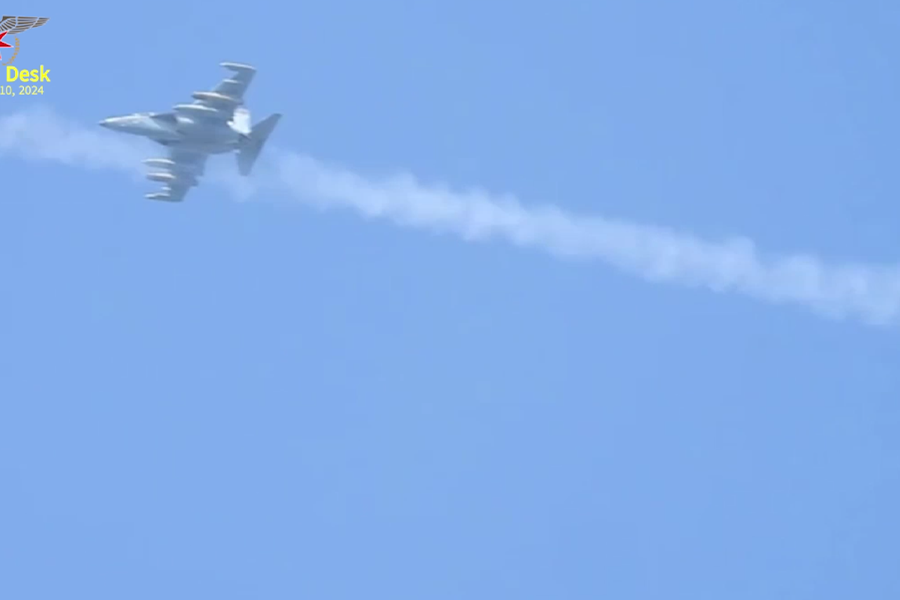
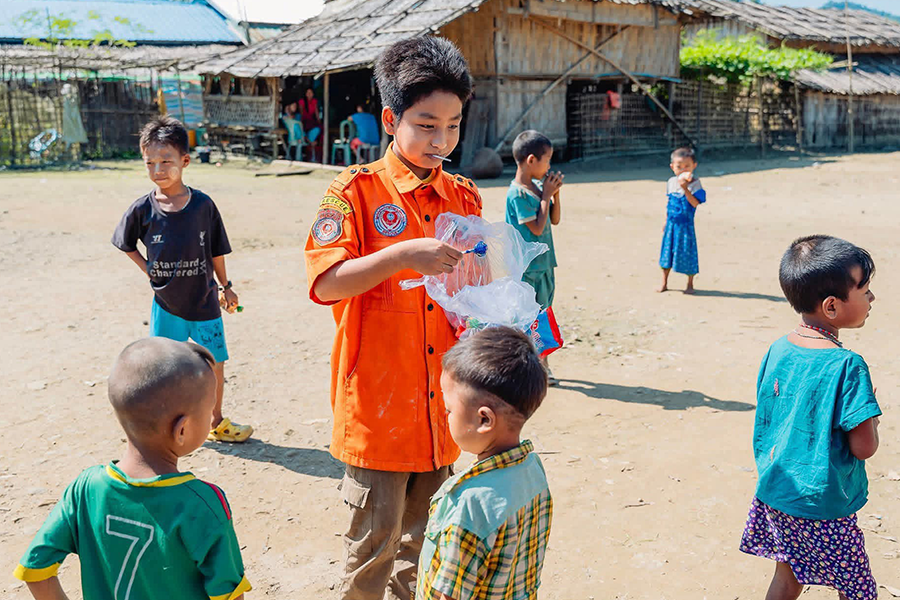
.png)


